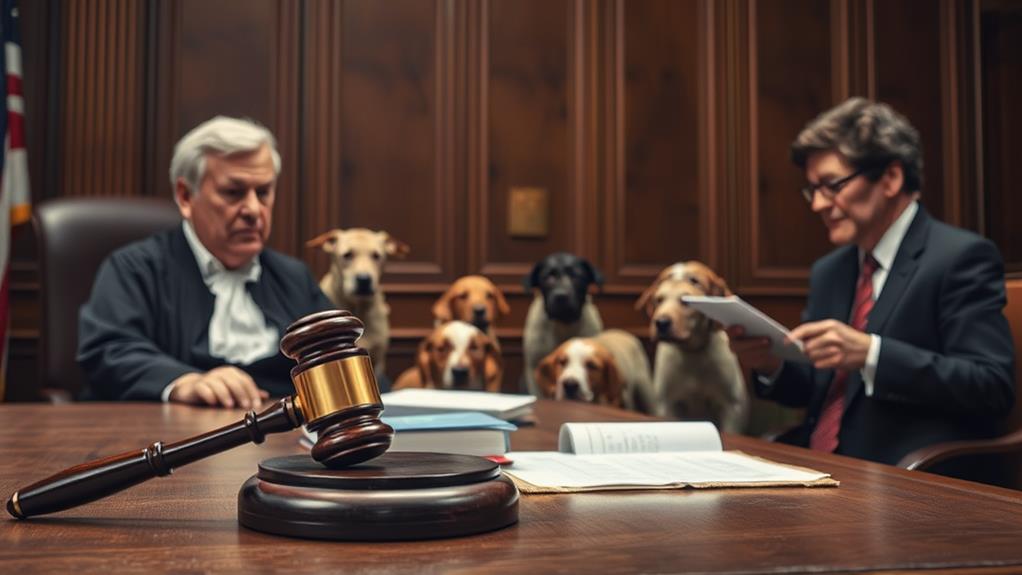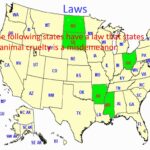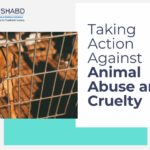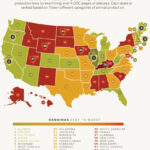The realm of animal law is often viewed through the lens of morality, ethics, and emotional response, yet beneath this surface lies a complex web of legal standards. These standards govern what constitutes cruelty to animals, delineating the fine line between neglect and active harm. Understanding these intricacies is pivotal for those advocating for animal rights and for establishing effective legal frameworks to protect our voiceless companions.
Firstly, it’s essential to delineate the definition of animal cruelty as it is interpreted across various jurisdictions. The term often embodies both active cruelty—intentional acts of violence or torture—and passive cruelty, which encompasses neglecting an animal’s basic needs, such as food, shelter, and medical care. This duality lays the groundwork for comprehending how laws manifest in practice, providing a foundational understanding of the legal landscape.
Legal standards governing animal cruelty can vary significantly between states and countries. Some regions legislate against cruelty with stringent laws, while others adopt a more lenient approach, often culminating in civil penalties rather than criminal charges. The United States, for instance, does not have a unified federal standard for animal cruelty, and rather, individual states craft their own laws, resulting in a patchwork of legal protections that are often insufficient. The result is that a grievous act in one state may elicit misdemeanor charges while a similar act in another state may carry felony repercussions.
The cornerstone of any legal framework pertaining to animal cruelty is the principle of “reasonable care.” This doctrine serves as a benchmark for determining whether an individual has met the standards of care expected for an animal’s well-being. In legal parlance, a caregiver may be held culpable if they fail to provide reasonable care that a similarly situated person would provide under comparable circumstances. This principle introduces an element of subjectivity, as what is deemed “reasonable” may vary. The metaphorical lens through which we view animal care—whether through a compassionate eye or a detached perspective—plays a pivotal role in shaping legal interpretations.
Moreover, intent factors significantly into adjudications of cruelty. Laws often differentiate between deliberate acts intended to harm an animal—such as beating or torturing—and actions resulting from negligence or lack of knowledge. This nuance is vital, as it not only influences the severity of penalties but also reflects societal attitudes toward culpability. A pet owner who fails to provide veterinary care may face legal scrutiny, yet their punishment may markedly differ from an individual who maliciously inflicts physical trauma upon an animal.
In legal contexts, documentation and evidence become paramount. Law enforcement and animal control officers are crucial in collecting evidence of cruelty, often utilizing veterinary reports, photographs, and witness statements. These pieces of evidence must succinctly articulate the nature of the neglect or abuse, connecting it to the application of legal definitions. In a courtroom, this documentation transforms the narrative of “what happened” into a legally compelling argument, essentially crafting an immersive story that unfolds before the judge and jury.
Additionally, certain legal frameworks recognize the intrinsic value of animals, moving beyond their mere property status. This evolution in legal thought raises questions about the moral and ethical responsibilities humans hold toward animals. Such recognition has given birth to movements advocating for stronger laws, emphasizing that animals deserve protection and rights commensurate with their sentience. In jurisdictions where animals are seen as sentient beings rather than mere property, litigation can arise not only from cruelty but also from challenges to scientific practices, such as animal testing.
A critical aspect of understanding animal cruelty laws is the role of public awareness and activism. Grassroots movements and animal welfare organizations play a seminal role in lobbying for stronger regulations and enforcement. The collective voice of communities can influence lawmakers and shift paradigms, compelling them to reconsider the existing definitions of cruelty and the adequacy of penalties. Awareness campaigns can illuminate the atrocities of animal abuse, fostering a culture where cruelty is universally reviled, rather than tacitly accepted.
Enforcement of animal cruelty laws poses its own challenges. Many jurisdictions lack the resources necessary for rigorous animal control and protection initiatives. Factors such as insufficient funding, inadequate training of law enforcement officers, and systemic apathy toward animal rights often culminate in a feeble enforcement landscape. This environment can dishearten advocates and create avenues for perpetrators to evade consequences for their actions, further endangering the welfare of animals.
To combat these enduring issues, legal advocates and animal rights organizations are increasingly emphasizing the need for cohesive educational frameworks. Training law enforcement, animal control officers, and the judiciary in recognizing signs of animal cruelty and understanding the laws that govern these cases can foster more effective responses. Such education can be likened to planting seeds—each session a nutrient enriches the soil of legal understanding, fostering a better ecosystem for animal well-being in the long term.
The intricate interplay of standards and practices in animal cruelty law is akin to a living organism, ever-evolving in response to societal attitudes, scientific advancements, and ethical beliefs. As we cultivate a deeper understanding of what constitutes cruelty against animals in law, it is vital that we advocate for comprehensive legal reforms that reflect the intrinsic value of our animal companions. The journey may be arduous, but it is one that leads to a more compassionate society, where every creature is afforded the protection and respect it so rightfully deserves.








